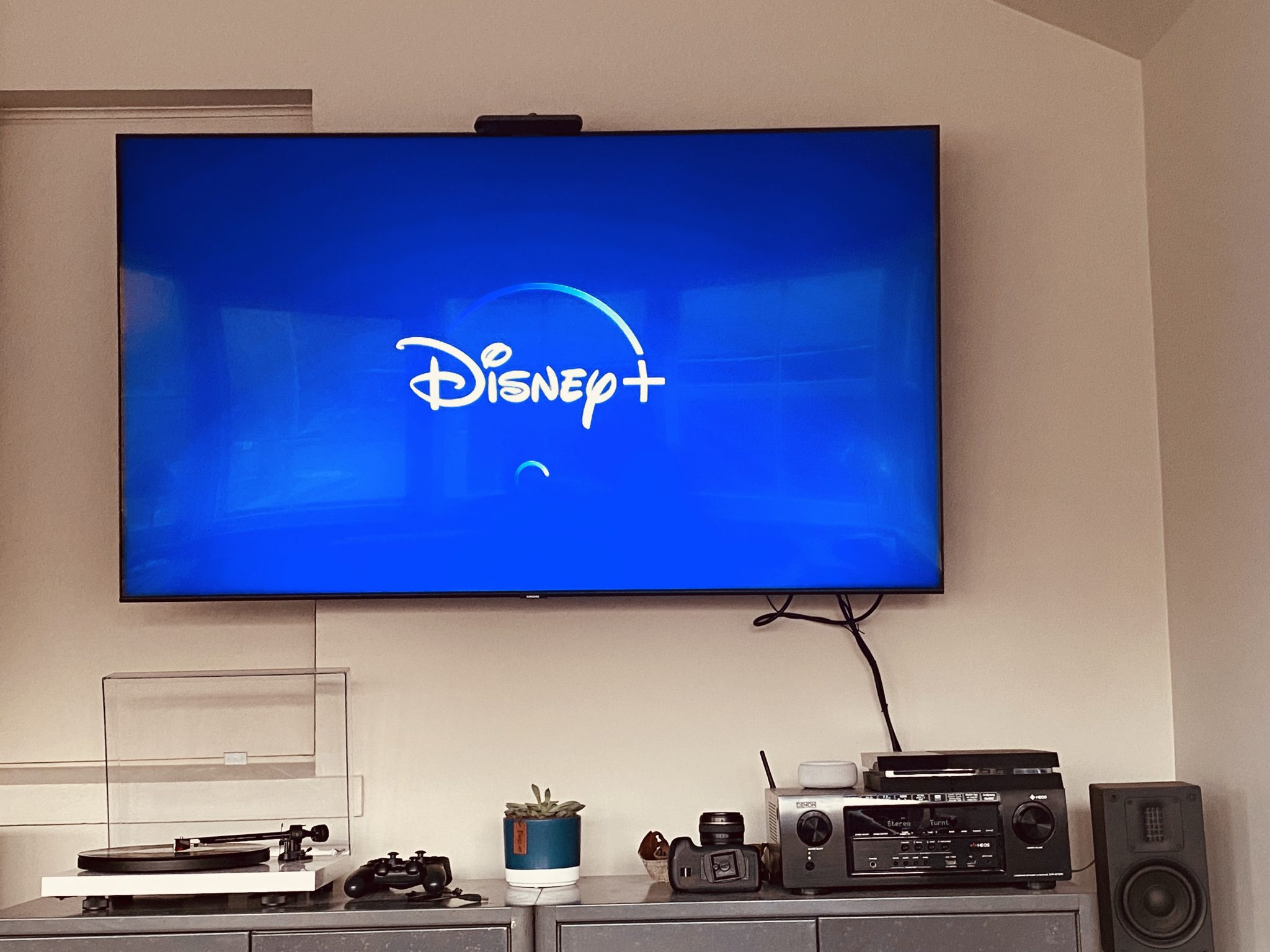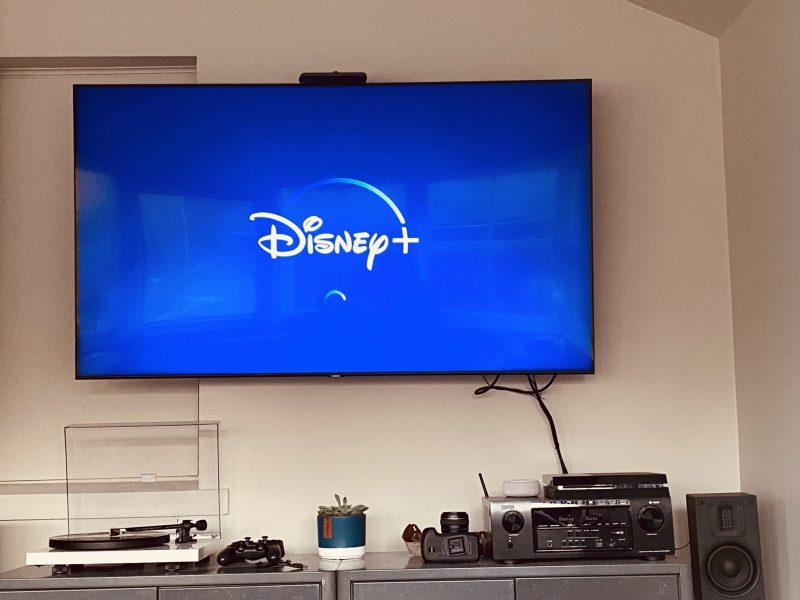Representation, Mythos and Dragons in Raya and the Last Dragon


Directed by Don Hall and Carlos Lopez Estrada, Raya and the Last Dragon tells the story of Raya, Kelly Marie Tran, the young daughter of Chief Benja, Daniel Dae Kim.
Part of the Heart Tribe, Raya has been trained since birth to guard the “orb,” a mystical object that was created by the dragons of Kumandra to save the world from monstrous creatures called the Druun.
500 years after the orb’s creation, the Druun returned, and Raya finding herself journeying to find the last dragon, Sisu, played by—Awkwafina—to save Kumandra once more from the Druun.
Being the newest Disney Princess, Raya embodies the strong and no-nonsense attitude that audiences have been introduced to ever since Disney’s Frozen came out.
As a role model for young girls, Raya is fantastic. Tran’s voice-overs work flawlessly at bringing the character to life.
Being chosen to portray the first-ever South Asian Disney Princess, Tran’s enthusiasm for the role comes through and demonstrates her key understanding of the character and what she will mean for representation on-screen for young girls.
Overall, the film is stunning visually. The bright colours pop off the screen in each unique location shown within the film and the character designs perfectly blend into the aesthetic of the film.
Of particular note is the ‘fur’ we see on the dragons. This is expertly animated and looks incredibly realistic.
In terms of the storyline, the film has a few gaps. While the story is kept concise, some of the world-building and character development is underdeveloped.
Characters are brought in with little introduction and the audience is not left much time to relate or begin to identify with them.
Key to the plot of Raya and the Last Dragon, character-wise, is the dragon Sisu. While the friendship between Raya and Sisu is endearing, the comedy injected into the character of Sisu often borders on being too much and can be grating.
Awkwafina’s voice work is commendable, but her dialogue borders on being too much. While younger kids in the audience may find it funny, adults will likely feel annoyed.
The other supporting characters are enjoyable enough, but there simply isn’t enough time to engage with them before the ending of the film.
Overall, Raya and the Last Dragon is worth seeing, even if just to support the film’s stellar cast. Representation is crucial and seeing Disney make strides is important.
Furthermore, Raya and the Last Dragon represents a critical marker; no longer are films like Pocahontas making gross stereotypical representations. With an Asian-American cast, the film has amazing representation and the entire cast should be applauded for their stellar performances.
While Raya and the Last Dragon isn’t a perfect film, it’s an important step for the Walt Disney Company and what could continue to be created in the future.
Representation matters, and Raya and the Last Dragon is an excellent example for new films to follow. As Sisu says, “My girl Raya and I are going to change the world.” History has been made.


